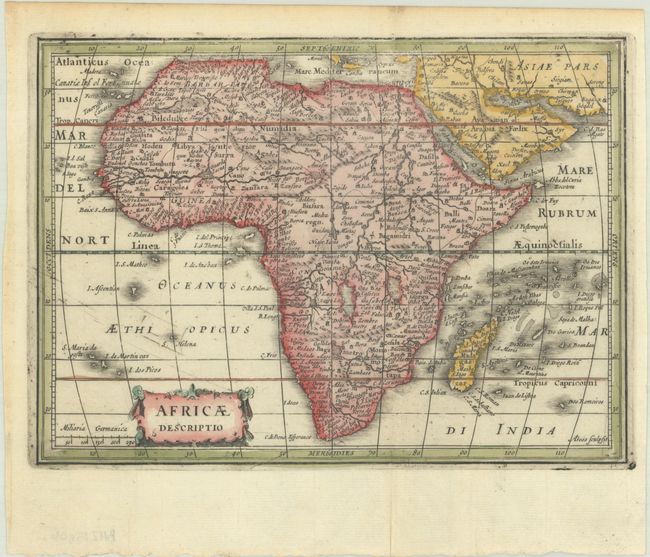Catalog Archive


Auction 191, Lot 1
"[Lot of 5] Typus Orbis Terrarum [and] Americae Descriptio [and] Africae Descriptio [and] Asia [and] Europae Nova Tabula", Cluver/Jansson
Subject: World & Continents
Period: 1661 (published)
Publication: Introductionis in Universam Geographiam
Color: Hand Color
Size:
8 x 5.8 inches
20.3 x 14.7 cm
Download High Resolution Image
(or just click on image to launch the Zoom viewer)
(or just click on image to launch the Zoom viewer)





